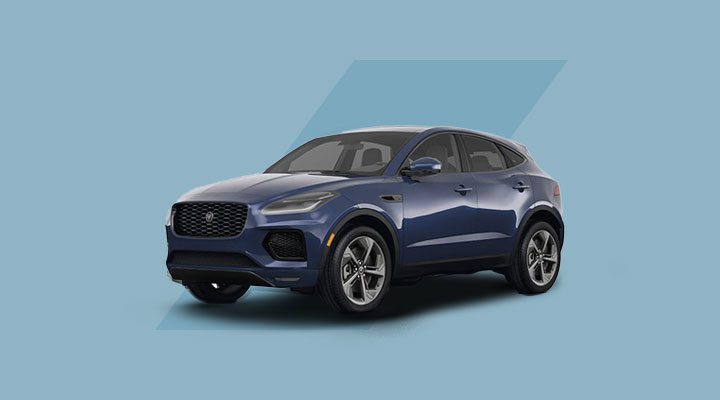
HOW TO CHARGE
When it comes to powering your electric vehicle (EV) there’s a variety of ways you can charge it and connect, which means there’s an ideal EV for everyone. This section will break down how it all works and how to get the most efficient drive from yours.
The science behind the power
Electric cars are installed with a kilowatt hour (kWh) battery size, for example 64 kWh. This refers to how much energy the battery pack has available to provide to the electric motor. This rating has a big impact on the electric range of the vehicle; the higher the kWh the greater electric range, and the further you can travel on one charge.
The efficiency of electric vehicles is measured in their miles per kWh. This is the number of miles the vehicle can do on 1 kWh of electricity. For example, if your vehicle is 64 kWh and you can complete 200 miles on a full battery then the miles per kWh would be 3.13 (200 miles / 64 kWh).
What affects the power usage?
There are lots of factors which will affect your vehicle’s efficiency and range. For example, using the vehicle’s heating or carrying luggage makes a difference, as does the type of journey you make (city versus motorway driving).
Kilowatt (kW) rating
All EVs like other electrical appliances, come with a kilowatt (kW) rating – a kilowatt is a unit of power. This influences the rate at which your vehicle uses or generates the energy stored in the battery. The higher the rating, the quicker it can take energy from a charging point and convert the vehicle’s battery energy in to power to propel the wheels of your vehicle.
Instant acceleration
Electric vehicles tend to have high kW output as they have instant acceleration from the rapid transfer of energy from the battery to the vehicle’s motors. 1 kW is equivalent to 1.34 mechanical horsepower (bhp). Therefore, an electric car with a DC kW rating of 250kw is equivalent to 335bhp.
Your car will have an AC and DC kW rating, which plays a big part when you’re charging the vehicle.
Next up, we’ll see what each of these ratings mean exactly with a step-by-step charging guide.
Where can I charge my electric vehicle?
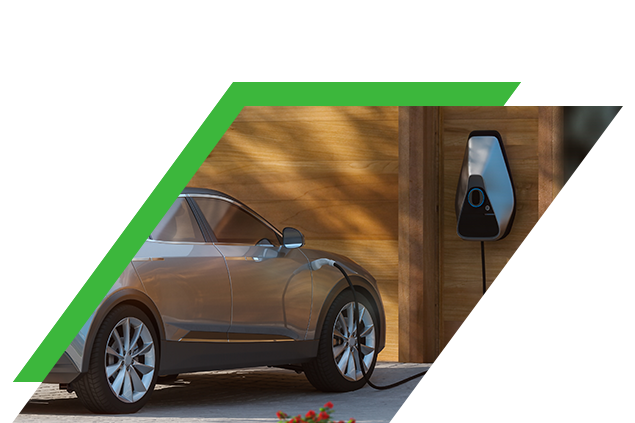
Charging at home
You will need to arrange for a home charging unit to be supplied and installed by a charging company or you can often plug the vehicle directly in to the household mains.
Things to consider:
- Do you have off-street parking?
- Do you own the property? If renting you will need to seek permission of the landlord.
- Where is the electricity supply to the house located? More complex electricity set-ups may require extra cabling and/or upgrades to your electricity fuse box, which could result in higher costs than the standard fit.
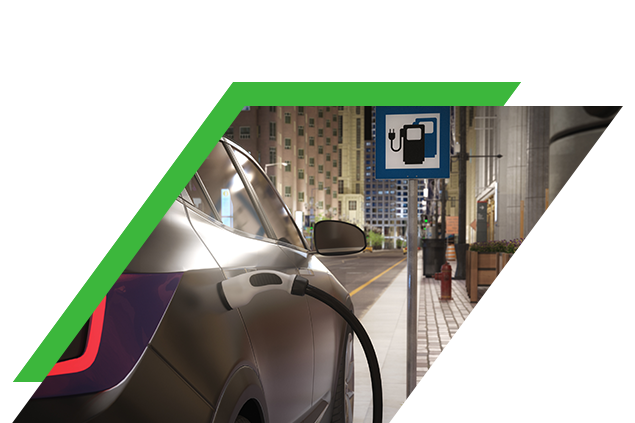
Charging in public
There’s a great network of public charging points all over the UK, in over 10,500 locations.
Things to consider:
- What speed of charging do you require?
- What types of cables do you need?
- What form of payment does the charging point accept?
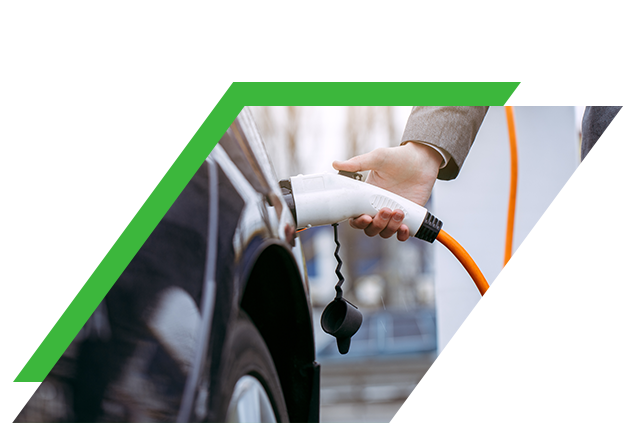
At work
Some workplaces have, or are in the process of installing, charging points for their employees.
Things to consider:
- Is it free of charge or could there be a fee to pay?
- Will there be other co-workers using the charging point too?
How to use public chargers
There is now an abundance of electric vehicle charging points and below we’ve added a few pointers to help you get the most out of public charging.
- Cost – some providers charge a pence per kWh of electricity, whilst others may charge a flat fee per charge regardless of how much electricity you need.
- Subscriptions and apps – some providers require you to download their app or subscribe to their service to use their charge points. Before a long journey it’s worth locating the points you will need to use and researching whether you’ll need to pre-download anything ahead of using the chargers.
- Tesla rapid and superchargers can only be used by Tesla vehicles.
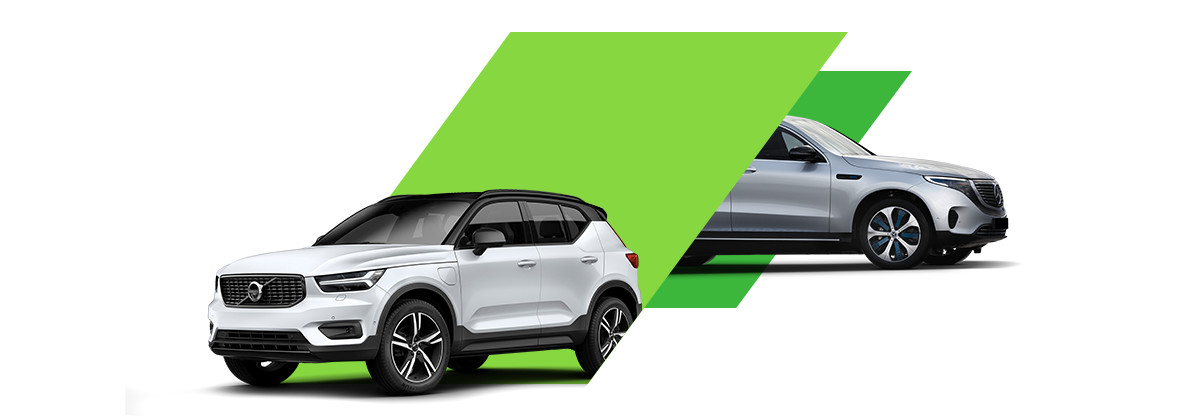
What type of charging unit do I need?
You’ve sorted where you want to charge your vehicle, now it’s time to consider what type of charging you need… AC OR DC?
What is AC charging?

- AC charging stands for alternating current and for electric cars, it’s considered a slow/fast charger
- The electric grid provides AC power in the UK and the vehicle’s onboard rectifier converts this to DC power for use by the electric battery
- Slow AC charging units have a kW rating of between 3 and 5kW
- Fast AC charging units have a kW rating of between 7 and 22kW
- As a kW is an amount of power, the kW rating of an electric charger tells you how much electric power that charger can provide your car – higher kW rating equals higher electric charge to your car
Where can I access an AC charger?
- All home units are AC chargers, with typical kW ratings available of 3.6kW, 7kW and 22kW*
*a 22kW fast charger requires 3-phase electricity supply which is extremely rare in UK homes - AC chargers are also available on public networks, including workplace charging
- Public units also range between 3kW and 22kW
How the kW rating of your car works
- You will need to understand what your vehicle’s AC kW rating is; this will determine how much of the power from the charger your vehicle can withstand
- Your car’s kW rating ultimately determines the charging time of your vehicle – the higher the kW rating, the quicker the charging time eg: if your vehicle has an 11kW AC rating then even if you use a 22kW AC charger, your vehicle will still only be able to take 11kW
- However, you do not need to match your vehicle’s AC kW rating with the charger’s kW rating – your vehicle will automatically take what it can from the charger
What is DC charging?

- DC charging stands for direct current and is more powerful than AC charging, this means that if your vehicle can take a DC charge you will be able to charge your vehicle much quicker
- DC charging allows your vehicle to take DC power straight from the charger, rather than using the onboard rectifier
- DC chargers are referred to as rapid and super rapid charging units and are only available in public charging networks
- kW ratings for rapid chargers range between 25kW and 350kW
- A charger is considered super rapid if it has a kW rating greater than 100kW
Is my car compatible with a DC charger?
- Most electric cars can accept a DC charge – you can find out, by referring to your vehicle’s specifications
- Your car will have a max DC kW rating, which works like your car’s AC kW rating in that it tells you how much DC power your car can take directly from the rapid charging unit and so, even if you can access a super rapid charger, if your car’s DC kW rating is lower than the super charger’s then you can only charge at the max of your car’s rating
- Your car will automatically protect the battery and only take in the amount of DC kWs that it can handle


